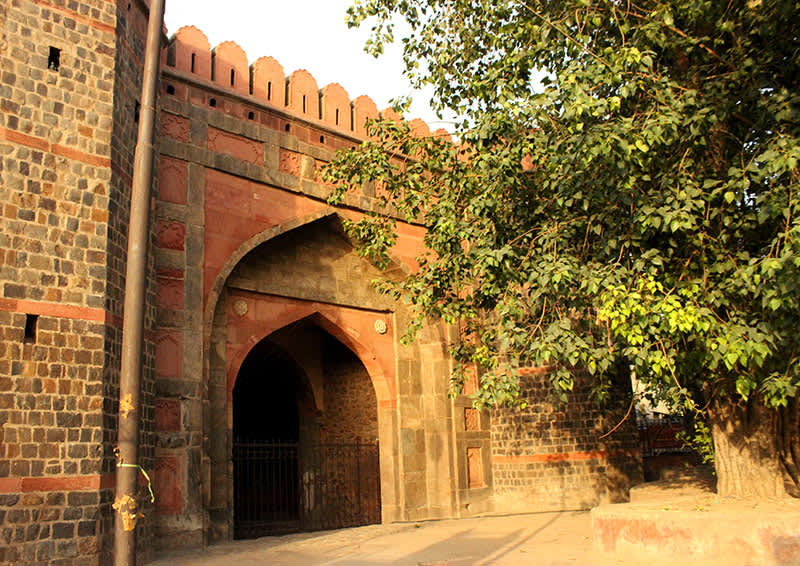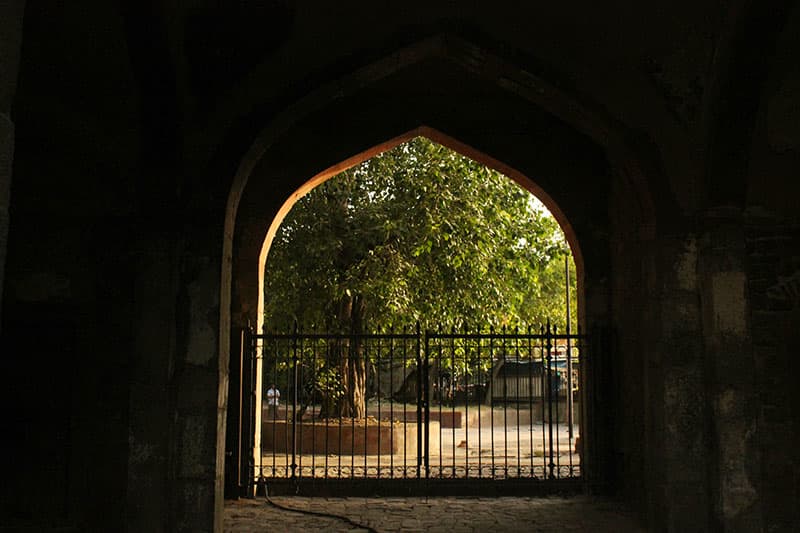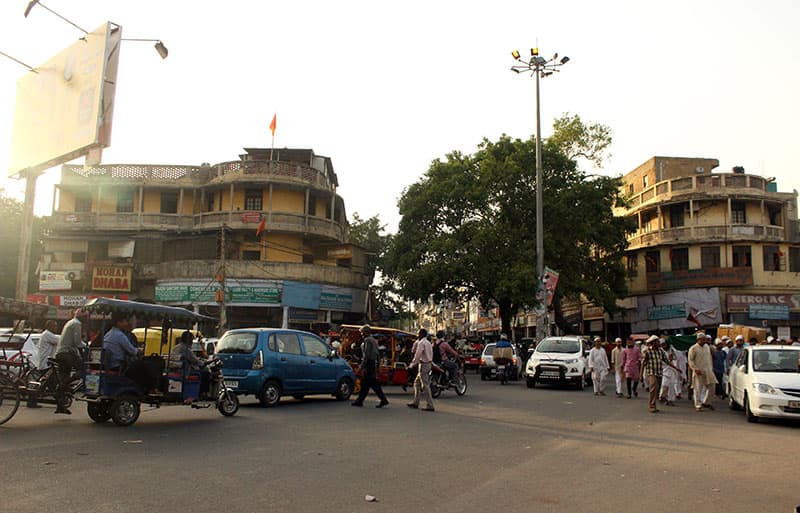 Delhi
DelhiCenturies-Old Bastion Protecting Erstwhile Shahjahanabad: We're Talking About Ajmeri Gate
The historical tale attached to Ajmeri Gate dates back to the time of Shah Jahan. The Mughal emperor laid the foundation for the imperial capital of Shahjahanabad, now known as Delhi. The city was adequately protected by strong walls and boasted 14 robust gates. Today, only five survive – Ajmeri Gate, Kashmiri Gate, Turkman Gate, Delhi Gate and Nigambodh Gate.
The History Behind It

The Ajmeri Gate opened onto the road to Ajmer, a Sufi pilgrimage town which bordered the city of Shahjahanabad in the Southwest. The gates allowed entry and exit for merchants, peasants and royal processions. Erected in 1644, the structure and location of the gate has a square plan at the base. The curved arch characterises the gate and the surrounding park lends serenity to the place.
Known For Its Continuity

Although the gate has survived the changing times and hustle-bustle of the city, the walls of the once-fortified city have given way to commercial structures. The gate, thus, is not significantly known for its architectural design but rather for its enduring continuity. It has survived the era of Mughals, the colonial rule of the British, the rise and fall of the Gandhian era and has even witnessed the Revolt of 1857, and is now very much a part of modern day Delhi.
The high-arched openings significant of the architecture of the Gate remain deserted and unattended today. The commercial development in the backdrop of the Gate has not still convinced the authorities to refurbish the structure. It, thus, stands in solitude lending a first-hand look into history to all who pass through it.
Closely situated near New Delhi Railway Station, Ajmeri Gate is festooned with directional boards and commercial structures. The small door opening to the passage leading to the Gate, mostly, remains closed and unattended. To witness the historic remains of the Mughal era, you need to take the sturdy pathway leading to the gate which is situated right in the middle of the busy traffic square and often provides a route for pedestrians to cross the road.
The Surrounding Areas

The roads around Ajmeri Gate lead to GB Road on one end, infamously known as the red light district and Chawri Bazaar, a wholesale market for copper, brass and paper products, on the other end. The area is surrounded by Jama Masjid, Paharganj, Chandni Chowk and CP. The location is easily accessible by bus, auto rickshaw, metro, pre-paid and post-paid taxi services. From the station, you can take a cycle rickshaw to reach Ajmeri Gate.
The other four Gates have met with a similar fate; sadly, in today’s day and age, most people remain completely unaware of the significance these gates held in history. Keep a lookout for the next one you see!
Location | In Chandni Chowk, Old Delhi
Like
Bookmark
Share

